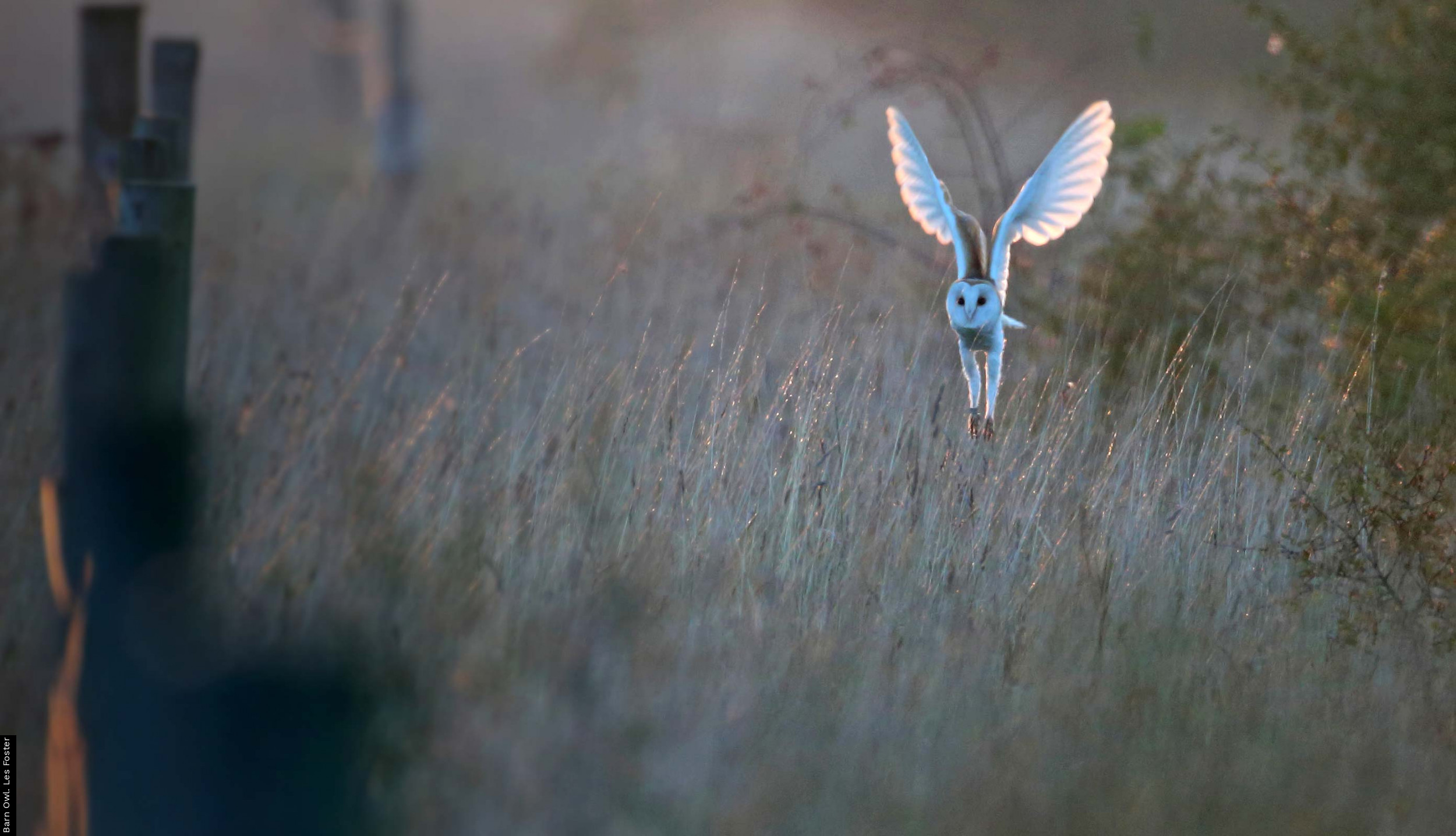Ardeidae - Herons
Herons are (in the main) tall, long-legged, long-billed wading birds. They can be found in wetlands throughout the world, searching for fish, crabs and occasionally, frogs, small mammals and even young birds. They are aided in this by the arrangement of the vertebrae in their neck (they have the same number as other birds), which are constructed to form a hinge with which they can spear a fish with astonishing rapidity. They can be split into three groups. The herons, which are usually colonial, nest in the tops of trees; the Heronries Survey run by the BTO is the longest running single species survey in the world, having started in 1928. The egrets, are similar, but with an all white plumage and elongated head plumes; these were once the source of a thriving trade in feathers and prompted the formation of many bird protection societies in Europe and the Americas. Finally, the bitterns are solitary, secretive creatures of reedbeds, where their cryptic brown plumage camouflages them well, making them extremely hard to see.
There are three species found commonly in Britain, the familiar Grey Heron found in lakes and rivers throughout the country; the Little Egret which has recently colonised southern Britain, and the scarce Bittern found in a few reedbed reserves. In some places, free-flying Night Herons which have escaped from collections may be encountered.
Regularly Occurring Species
Bittern
Little Egret
Grey Heron
Occasional Visitors
American Bittern
Little Bittern
Green Heron
Squacco Heron
Cattle Egret
Snowy Egret
Great White Egret
Great Blue Heron
Purple Heron






Share this page